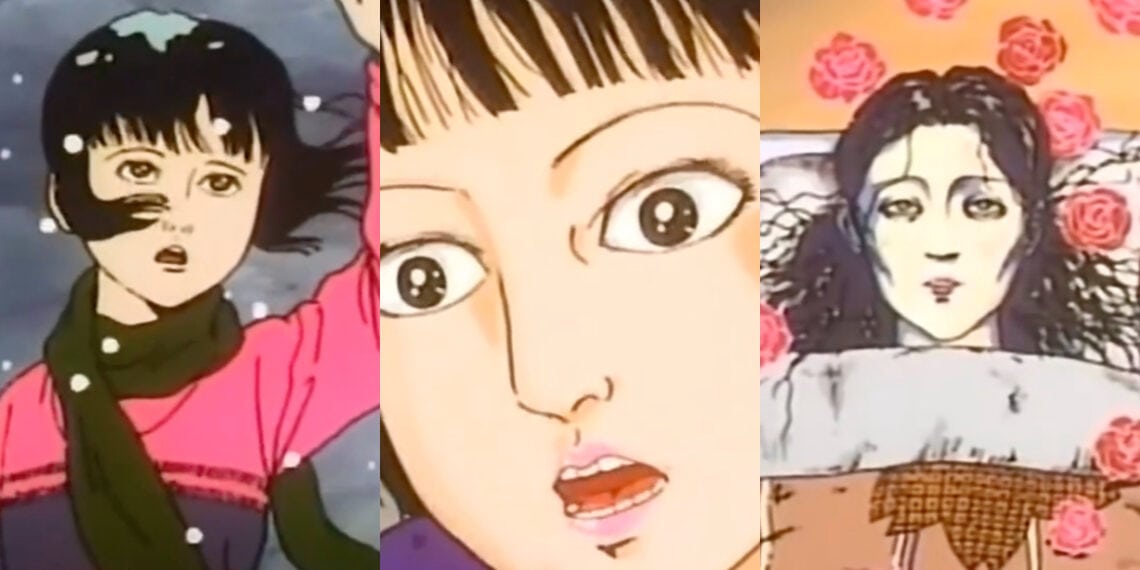The animated film titled Shoujo Tsubaki, originally released in Japan, became internationally notorious and was ultimately banned across most nations, including its native country.
Banning various forms of media or content has become an almost routine industry practice these days. However, the very act of prohibiting something tends to spur intrigue and debate between proponents and opponents of such decisions.
There is something about declaring something “BANNED” that captures the public imagination and makes for compelling narratives.
In some cases, the controversy surrounding a banned work can actually amplify its influence beyond what it may have originally achieved if left unchecked. This loophole allows savvy individuals to exploit banned status for their own benefit.
While outright bans are relatively uncommon in the anime world, they do occur from time to time. Typically done with the intent of shielding audiences from content deemed objectionable, indecent, or potentially harmful, banned anime often stir controversy.
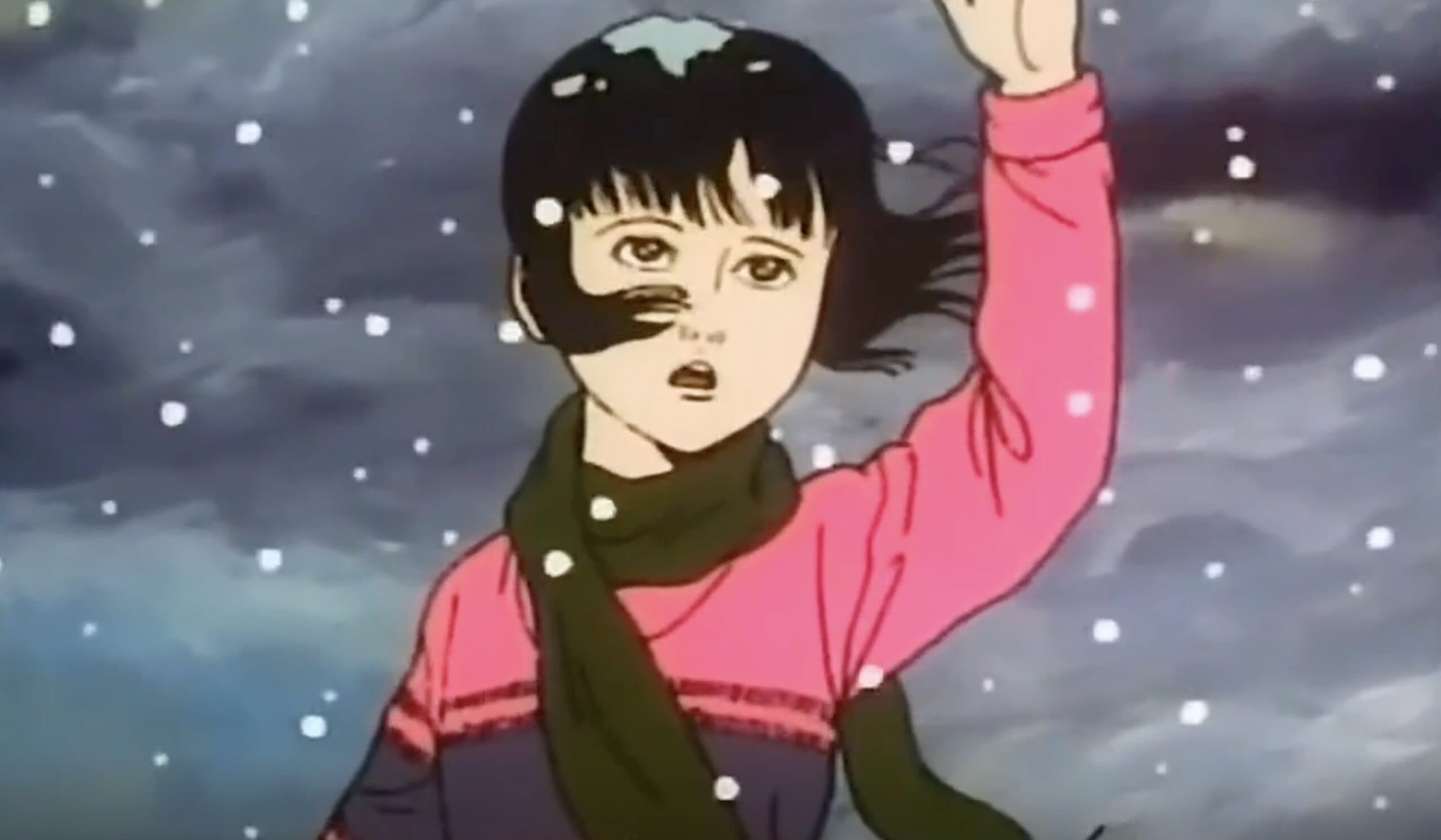
The film Shoujo Tsubaki clearly falls into this category, as its contents were disturbing enough for censorship boards globally to ensure no traces remain in circulation.
The fact that this anime was universally banned provides further evidence as to why it was considered too distressing for public consumption.
Worldwide Ban on Most Disturbing Anime, Including Japan
In assessing this anime, the consensus among multiple national censorship boards was that Shoujo Tsubaki contained excessively violent content of a sexual nature involving a minor, making it unsuitable and objectionable for general audiences.
Due to the film’s sensationalized depictions of sexual abuse involving a teenage girl, the vast majority of countries, including Japan, made the decision to outright ban any releases of Shoujo Tsubaki.
Shoujo Tsubaki, a Japanese indie film with limited animation released in 1992, contains disturbing subject matter focused on its young female protagonist.
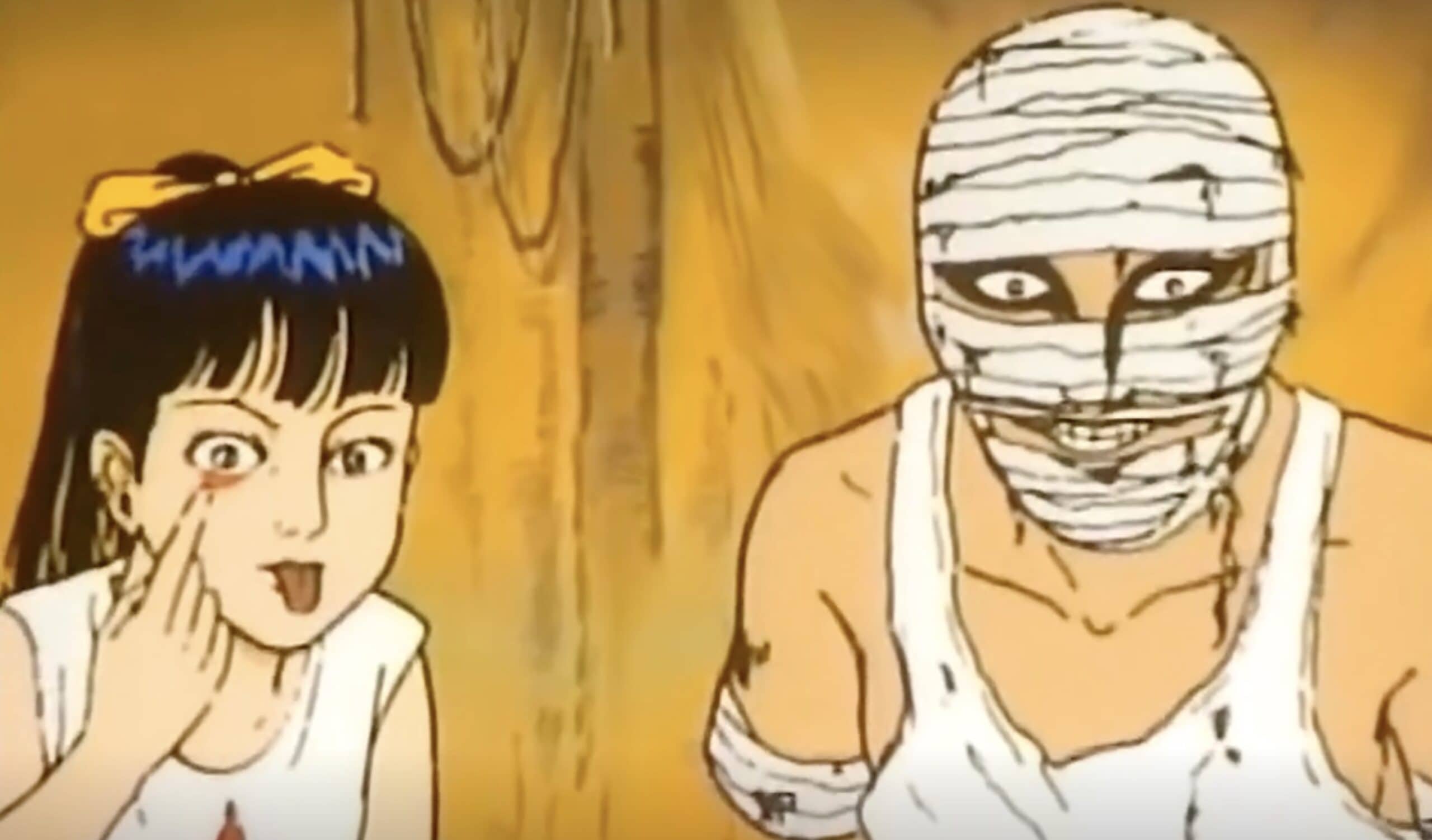
The story follows Midori, a 14-year-old girl forced to endure harrowing physical and emotional abuse at the hands of deranged circus performers after joining their freak show troupe.
Midori’s trauma begins when she resorts to selling camellias by a roadside to support her ailing mother, earning her the nickname “Camellia Girl.”
A suspicious older man approaches Midori and offers her refuge if she ever finds herself homeless. Upon returning to find her decaying mother dead and eaten by rats, Midori has no choice but to take up this offer.
The Story Behind Most Disturbing Anime
Her new home becomes a circus sideshow filled with sadistic and exploitative performers. The already terrifying situation escalates further when a malicious dwarf magician takes a special interest in Midori.
What follows is a nightmare of sexual violence and cruelty inflicted upon the young teen Midori with no escape in sight.
The contents of Shoujo Tsubaki were deemed excessively graphic and objectionable, leading to its outright ban in Japan and most other markets.

With nowhere else to turn, Midori resigns herself to staying with the sinister circus owner in hopes of securing basic provisions.
However, her dreams of a better life are quickly extinguished. She is instead forced into the role of sex slave, abused by the circus’ cast of deranged misfits who revel in debasing her further.
In one instance, after having her mind and body broken from endless torment, Midori finds a fleeting comfort in caring for a litter of puppies.
This last vestige of innocence is then sadistically snatched away when a psychotic performer brutally clubs the puppies before her eyes.
When Midori attempts to flee the mounting horrors, this abusive entertainer viciously hunts her down. He proceeds to rape her and declares she will know nothing but anguish in this life.
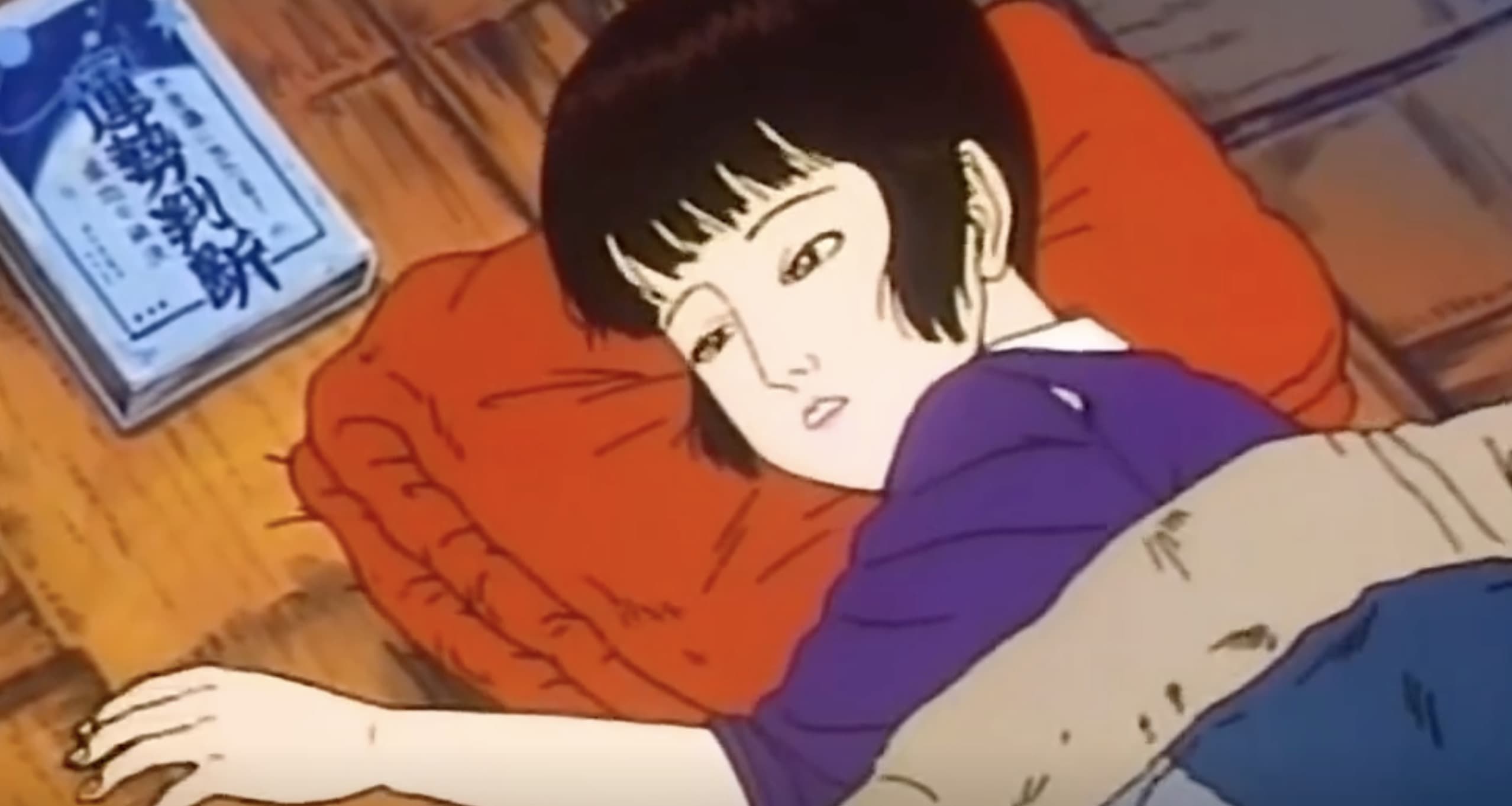
Perversely, Midori then develops an emotional fixation on one of her abusers – an older dwarf magician named Wonder Masamitsu.
Their budding infatuation introduces even more unsettling scenarios, including romantic interludes where an adult Masamitsu passionately kisses or embraces the young teen Midori.
Disturbing discussions of marriage even manifest during these forced encounters.
The agonizing gauntlet of sexual exploitation combined with psychological torture endured by Midori led to global bans of the film Shoujo Tsubaki.
How Bad Is the World’s Most Disturbing Anime
Categorizing Shoujo Tsubaki as merely “inappropriate” is an understatement. Art does have a tradition of challenging norms and inspiring discomfort.
However, certain boundaries around depictions of violence and cruelty still necessitate thoughtful consideration, especially regarding vulnerable groups.
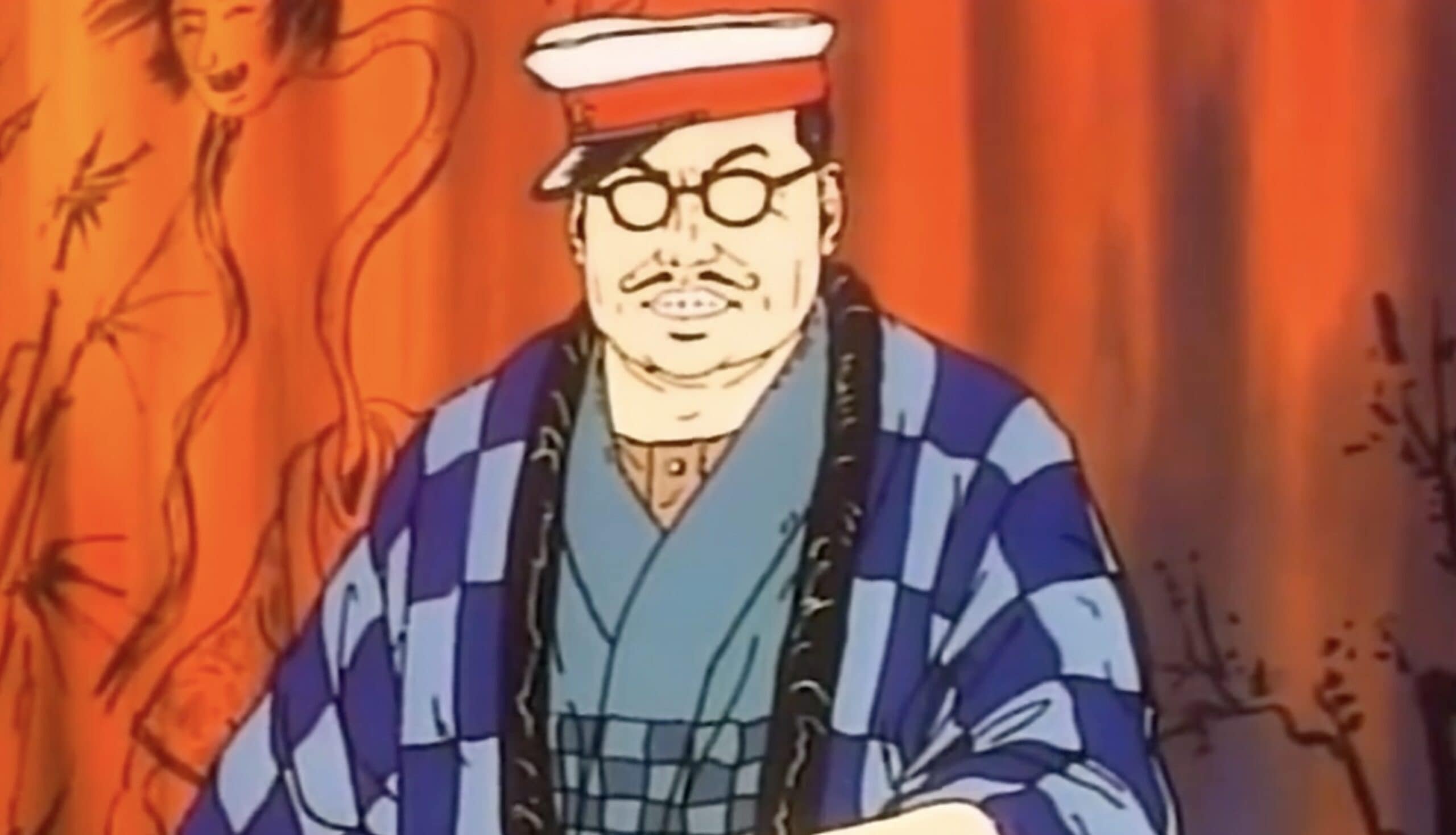
While art should undoubtedly provoke, creating graphic renderings of exploitation involving children and animals risks normalizing and perpetuating real-world harm.
These ethical stakes cannot be ignored, even in pursuit of artistic expression.
In Shoujo Tsubaki’s case, the superbly unsettling art emulates styles pioneered by manga masters Shintaro Kago and Junji Ito – a demonstration of technical excellence, albeit in service of questionable content.
Additionally, the voice acting effectively compounds feelings of unease for the audience.
However, these isolated strengths fail to offset the larger issues around gratuitous violence paired with the sexualization of minors that elicited global bans.
Though animation as an art form warrants creative liberties, producing stylized depictions of child abuse creates ethical dilemmas that societies have clearly adjudicated.
Who Is The Man Behind Most Disturbing Anime?
The notorious director behind the banned anime Shoujo Tsubaki, Hiroshi Harada, gave some revealing background in a 1992 interview that provides context on his artistic influences.
Harada explains that frequent loneliness and bullying as a child profoundly shaped his creative lens toward the darker aspects of the human condition.
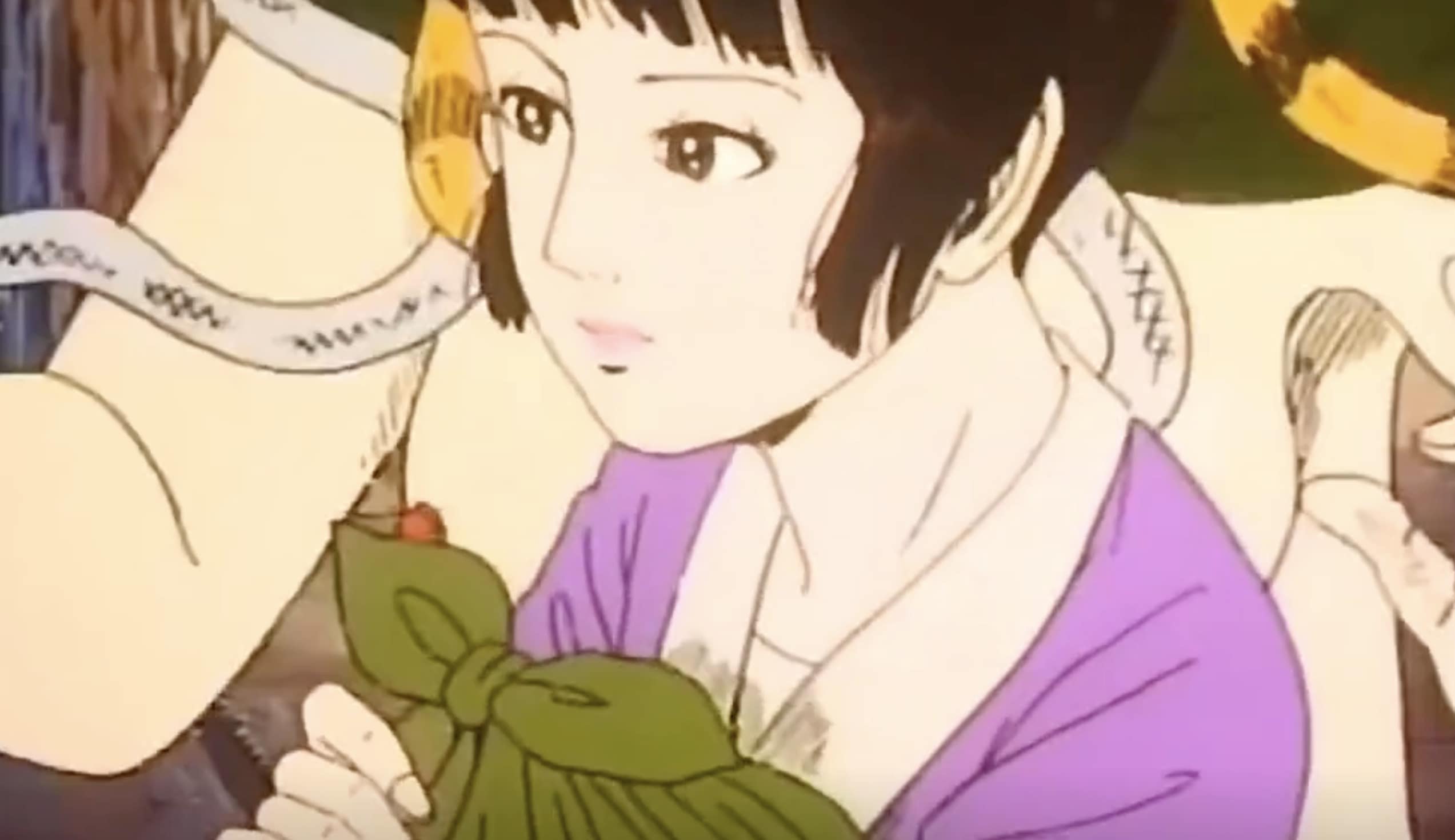
These early experiences left an indelible mark on his psyche. The imprint of bullying, in particular, became a prevalent theme across Harada’s filmography.
His first major independent film in 1985, titled “The Death Lullaby,” incorporated bullying as a core narrative component.
This marked Harada’s inaugural solo directorial effort after departing the mainstream animation industry in the 1970s to pursue his avant-garde, unfiltered creative vision as an indie animator.
The culmination of Harada’s boundary-pushing attempts to portray bullying and human suffering manifested in 1992’s Shoujo Tsubaki.
Harada’s Early Exploration of Bullying
However, the film’s graphic depictions ultimately led to its ban nearly everywhere. But for better or worse, Harada’s childhood isolation clearly catalyzed his unflinching desire to animate societal issues like abuse through an ultra-violent lens.
The original manga artist behind the banned film Shoujo Tsubaki is Suehiro Maruo, renowned as a pioneering creator in the Japanese “Erotic-Grotesque” genre.
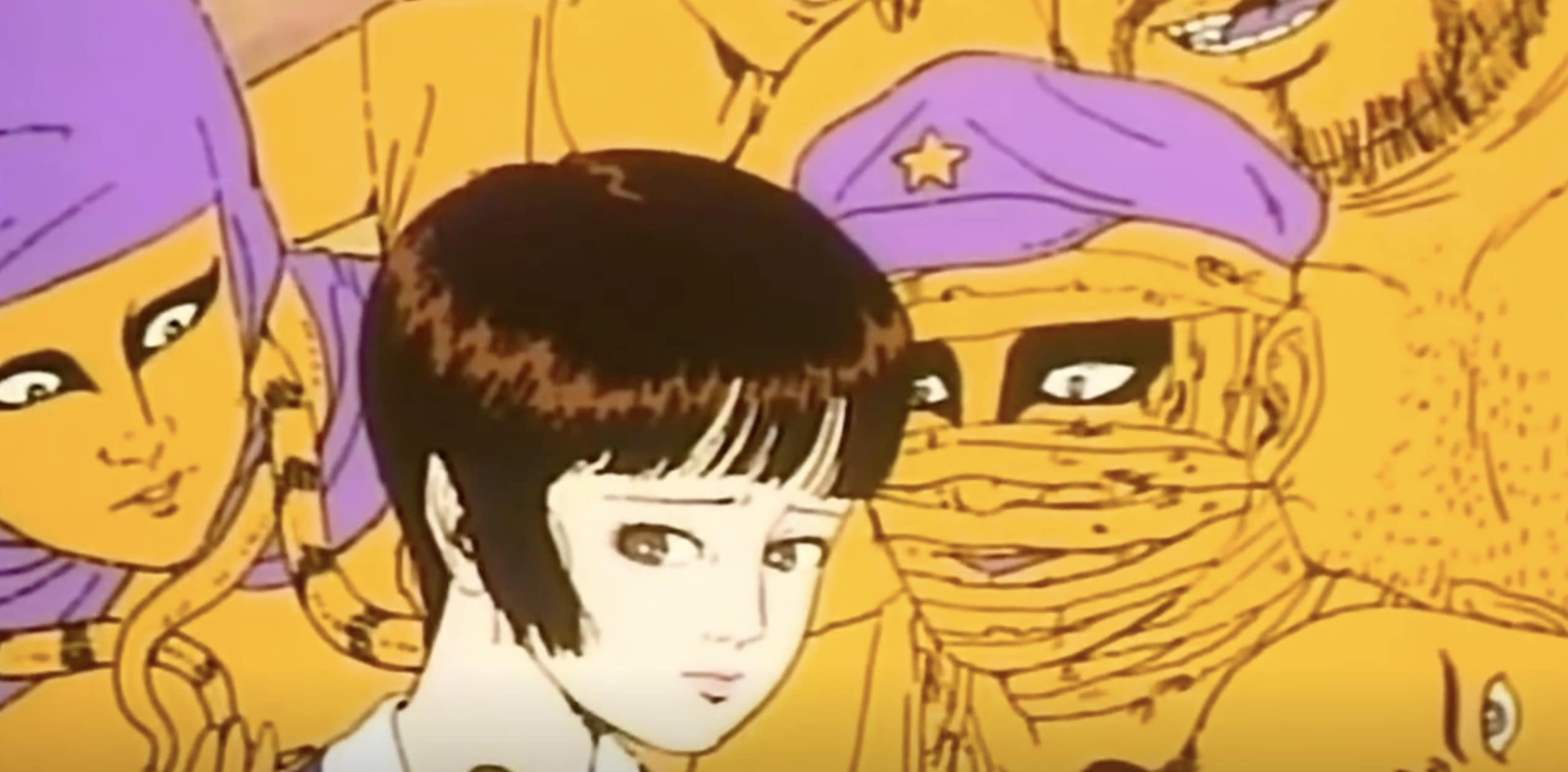
Born in 1956, Maruo cultivated a unique aesthetic blending traditional Ukiyo-e prints with Western fine art.
Early on, Maruo struggled to fully showcase his provocative vision within the tight constraints of adult manga magazines.
However, he continuously tested boundaries in those short strip formats. Eventually, Maruo’s conspicuous talents captured the attention of larger publications.
This transition enabled Maruo to bring his avant-garde sensibilities to new graphic heights. Unencumbered by length limits, he produced his magnum opus – the sprawling, controversial manga that later became the basis for Shoujo Tsubaki.
Though banned for its disturbing content, Maruo’s legacy as one of Japan’s most envelope-pushing manga artists was firmly cemented. His striking art and desire to unveil societal warts through extreme erotic grotesquery directly shaped the look and feel of the Forbidden Film.
Erotic-Grotesque Pioneer in Manga
Years later, in 1987, indie animator Hiroshi Harada became fixated on adapting Suehiro Maruo’s controversial 1984 manga Shoujo Tsubaki into an animated film.
However, Harada struggled to secure any financial backers due to the story’s graphic nature.
Undeterred, he took on an unprecedented one-man production effort – personally assuming the roles of director, screenwriter, storyboard artist, and lead animator himself.
Harada drained his life savings and took out immense loans to self-fund the passion project over five grueling years of labor.
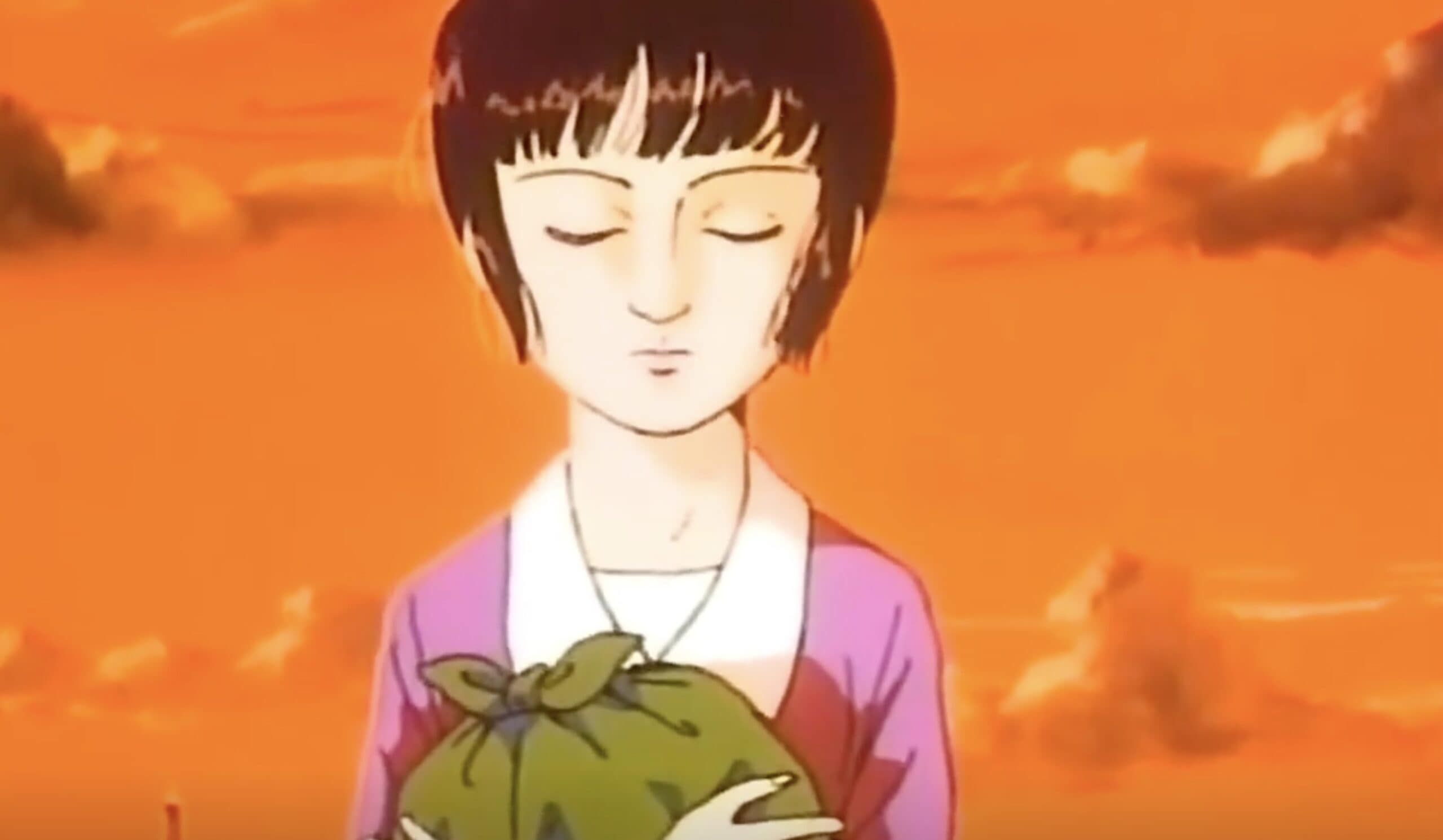
While voice acting, music, and sound were outsourced, Harada single-handedly created over 5,000 animation cels to translate each of Maruo’s manga images to the screen.
This Herculean undertaking was so immense that voice recording didn’t even begin until the summer of 1991.
Fueled by an obsessive vision to faithfully preserve the manga’s artistic essence and narrative, Harada persevered until finally completing the fully animated Shoujo Tsubaki adaptation in 1992 – a testament to unrelenting creative dedication even in the face of extreme adversity.
The Global Ban and Controversy
audiences that it became subject to an exceptional global ban, including in Japan. All available copies were ordered destroyed by multiple governments due to the film’s traumatic psychological effects.
In the decades since, Shoujo Tsubaki has developed an infamous reputation as one of the most controversial anime works ever produced because of its unflinching forays into exploitation.

Despite prohibitions on the animated adaptation, Suehiro Maruo’s original manga remains in circulation for those curious enough.
Remarkably, an obscure live-action remake directed by Torico emerged in 2016. This likely stems from a burgeoning underground cult following that developed among hardcore horror anime fans, enticed by the banned film’s mystique.
Ultimately, the choice to seek out a viewing of the banned animation Shoujo Tsubaki resides with each individual.
But as a medium ideally meant to entertain and comfort, anime fans must weigh that goal against any potential disruptions to their well-being posed by such harshly graphic content. The onus falls upon audiences to prioritize their own peace of mind.

